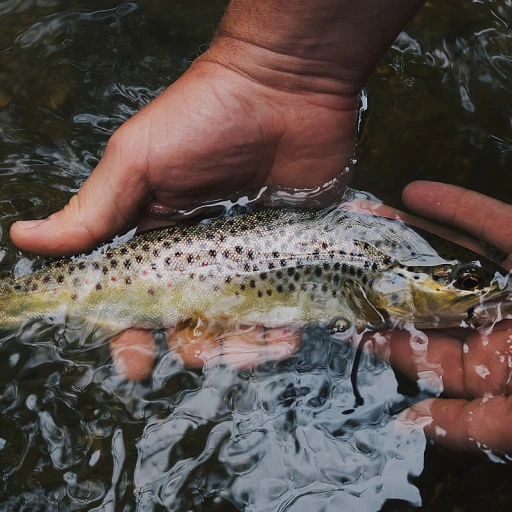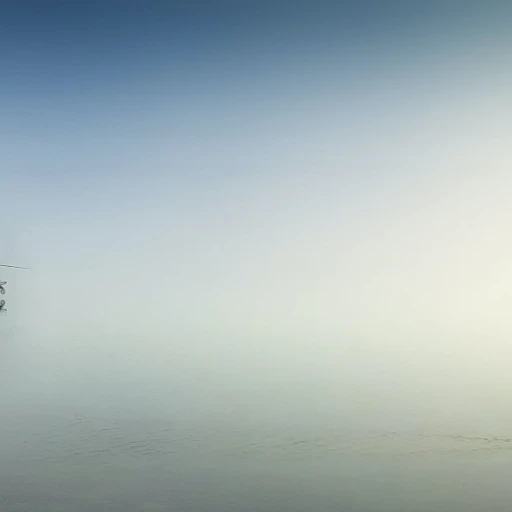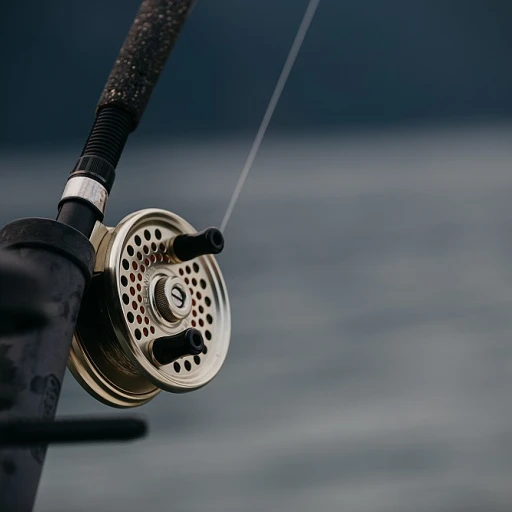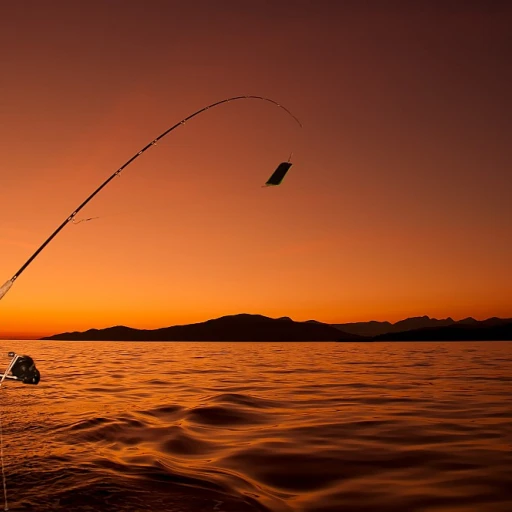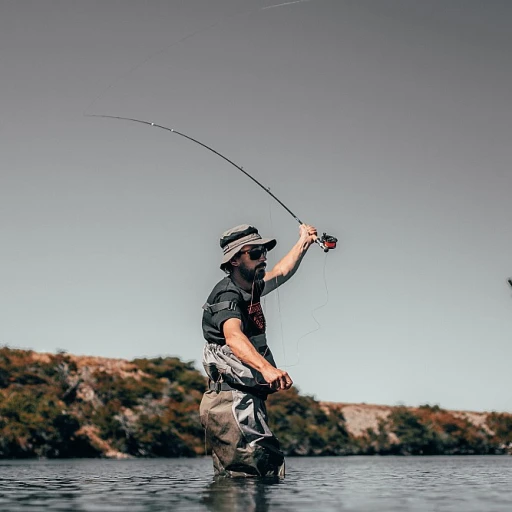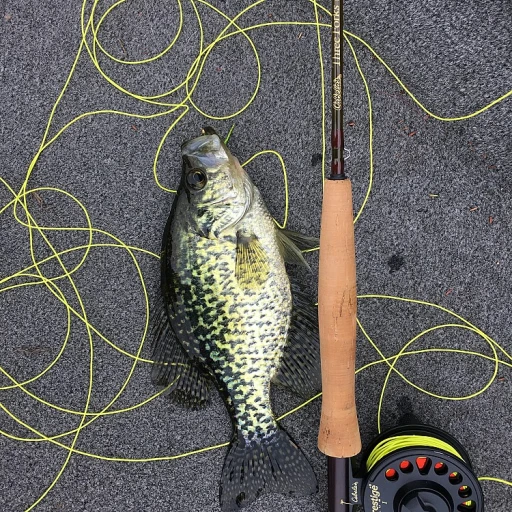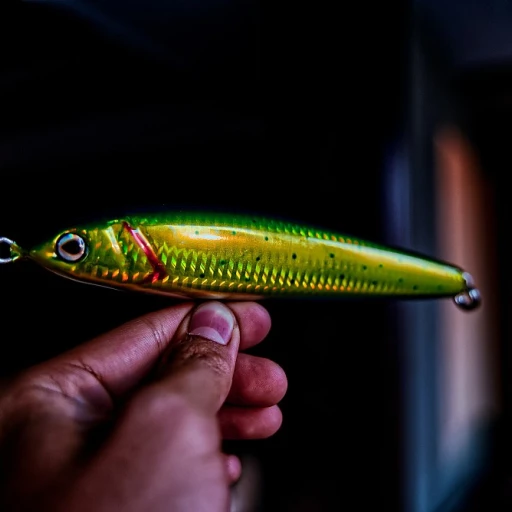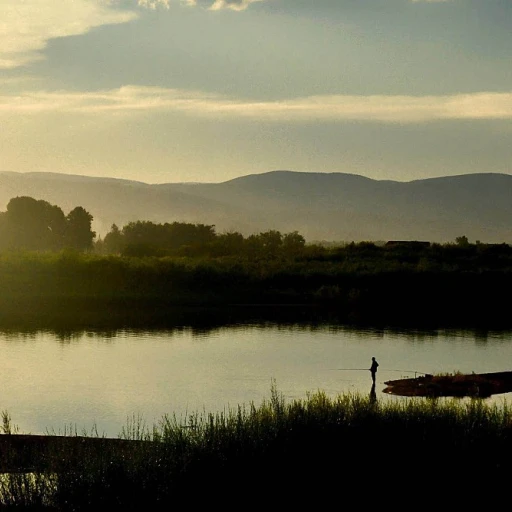
Understanding Muskie Behavior
Decoding the Mysteries of Muskie Behavior
Understanding muskie behavior is crucial for any angler aiming to reel in these elusive fish. Known for their elusive nature, muskies, or muskellunge, are often referred to as the 'fish of 10,000 casts.' This nickname highlights the patience and skill required to catch them. To increase your chances, it's essential to grasp their habits and preferences.
Muskies are ambush predators, often lurking in the shadows, waiting for the perfect moment to strike. They are most active during dawn and dusk, making these times ideal for musky fishing. Water temperatures also play a significant role in their behavior. During the warmer months, muskies tend to move to deeper waters, while in cooler temperatures, they can be found closer to the surface.
Observing their environment is key. Muskies are often found near structures like submerged logs, weed beds, and rocky points. These areas provide cover and attract smaller fish, which are their primary prey. Understanding these patterns will help you choose the right lures and baits, such as the versatile Jackall Kaera Frog, to entice these predators.
In the following sections, we'll delve into the types of lures best suited for muskie fishing and how to select the right one based on different conditions. Whether you're using a mepps musky lure or a giant killer, knowing when and where to cast can make all the difference in your fishing success.
Types of Lures for Muskie Fishing
Exploring the Array of Lures for Muskie Fishing
When targeting muskellunge, understanding the versatility of various lures is key to a successful fishing expedition. Musky anglers often employ an assortment of lures to match the elusive behavior of these fish. This flexibility allows them to adapt to changing conditions and the preferences of muskies.
Different types of lures are designed to attract muskie in unique ways, with each variety offering distinct advantages:
- Spinners: Known for their flashy movements, spinners like Mepps musky lures create vibrations in the water that draw the attention of both muskies and northern pike.
- Casting Baits: Options such as the Joe Bucher baits are excellent for casting over large water areas to cover ground efficiently.
- Top Water Lures: These baits create surface disturbances that can provoke aggressive bites from muskies lurking near the water's top layers.
- Sinking Lures: For deeper water fishing, sinking options such as Bondy baits prove effective, especially when muskies are holding off the bottom.
- Soft Plastics: Musky Innovations offers soft plastics that mimic the natural swimming action of prey, making them irresistible to large muskies.
The colors of lures can also play a critical role in musky fishing. Bright colors are preferred in murky waters for increased visibility, while more natural tones are recommended for clear water conditions. As conditions fluctuate, anglers should be prepared to experiment with various lure colors and designs to find what works best.
Remember, selecting the right lure is not just about the type but also involves considering water temperatures and the behavior of tiger muskies versus other species in the great lakes.
Top-Rated Lures for Muskie
Highly Recommended Lures for Muskie Enthusiasts
When it comes to muskie fishing, selecting the right lure can make all the difference. With their elusive nature, muskies demand a strategic approach, and using top-rated lures is crucial. Here are some of the most effective lures that have proven successful among musky anglers.
- Mepps Musky Killer: Known for its versatility, the Mepps Musky Killer is a favorite among anglers targeting both muskies and northern pike. Its large blade creates significant vibration in the water, attracting muskies from a distance.
- Bondy Bait: Ideal for deep water fishing, Bondy Bait is perfect for targeting muskies lurking in the depths. Its unique design allows it to dive and rise effectively, making it a go-to choice in varying water temperatures.
- Joe Bucher’s Top Water Lures: For those who enjoy the thrill of top water action, Joe Bucher’s lures are a must-have. They mimic the movement of prey on the water’s surface, enticing muskies to strike.
- Livingston Lures: These lures are equipped with sound technology that mimics the natural noises of baitfish, increasing their effectiveness in attracting muskies.
- Drifter Tackle’s Giant Killer: As the name suggests, this lure is designed to tackle the giants of the water. Its robust build and vibrant colors make it a reliable choice for musky fishing.
Choosing the right lure often depends on the specific conditions you’re fishing in. Factors like water clarity, temperature, and the presence of other fish species like tiger muskies and pike can influence your choice. For more insights on selecting the best lures for different fishing scenarios, you might find this guide on fishing lines helpful.
Choosing the Right Lure for Different Conditions
Adapt Your Lure Choice to the Environment
When it comes to muskie fishing, selecting the right lure is crucial for maximizing your success in various fishing environments. Factors like water conditions, temperature, and habitat play a significant role in determining which lures will be most effective.
Understanding Water Conditions
The clarity and temperature of the water can influence muskie behavior. Clear waters may require less flashy lures, while murky waters often benefit from brightly colored baits to catch the fish’s attention. Water temperatures can also dictate the type of lure to use. In warmer waters, muskies might be more active and respond better to faster-moving lures, whereas in cooler conditions, slower presentations can be more effective.
Assessing Habitat and Depth
The structure and depth where muskies tend to reside should guide your lure choice. In weed-heavy or shallow environments, top water baits or shallow-running lures can prove advantageous. Conversely, if you're targeting muskie in deeper waters, consider using dive-and-rise lures, such as the "Magnum Musky." These baits can reach muskie lurking in the depths, enticing them with a natural rise and dive motion.
Choosing Lures for Specific Species
Differentiating between muskie and its relatives like northern pike and tiger muskies can also influence your lure decision. While all these species are aggressive, tiger muskies might react differently compared to purebred muskies. It's useful to carry an array of lures like giant killers or Joe Bucher baits when you’re fishing waters inhabited by both species. This offers versatility, enabling you to switch based on fish reactions.
Remember, the best approach involves a combination of experimentation and understanding the specific water body you are fishing. Adapt and refine your tactics based on the fish’s behavior, and you'll increase your chances of catching the elusive muskellunge.
Tips for Using Lures Effectively
Mastering the Art of Lure Presentation
When it comes to musky fishing, the way you present your lures can make all the difference. Muskies, known for their elusive nature, require a strategic approach. Start by considering the water conditions. In clear waters, opt for natural colors that mimic the local baitfish. In murkier waters, brighter colors can help your lure stand out.
Varying Your Retrieval Techniques
Experimenting with different retrieval techniques can trigger a musky's predatory instincts. Try a steady retrieve with a Bondy Bait for a consistent action. Alternatively, use a stop-and-go method with a Joe Bucher lure to mimic an injured fish. This can be particularly effective in enticing a strike from a cautious musky.
Adjusting to Water Temperatures
Water temperature plays a crucial role in musky behavior. During warmer months, muskies are more active and may respond well to fast-moving lures like the Mepps Giant Killer. In cooler temperatures, slow down your presentation with a Drifter Tackle to match the fish's reduced activity level.
Utilizing the Right Equipment
Having the right gear is essential for effective lure use. A sturdy rod and reel setup is necessary to handle the power of a musky. Consider using a Magnum Musky rod for its strength and flexibility. Pair it with a reliable reel to ensure smooth casting and retrieval.
Understanding the Impact of Lure Size
Musky anglers often debate the best size for lures. While larger lures can attract big muskies, don't overlook the effectiveness of smaller baits. A Mepps Musky Killer can be just as enticing, especially when muskies are feeding on smaller prey. Adjust your lure size based on the conditions and the fish's behavior.
Maintaining and Storing Your Lures
Lure Longevity: Care and Upkeep
To keep your lures in optimal condition, regular maintenance is crucial. Muskie lures, especially with their specialized designs, demand attention to ensure they perform at their best.- Rinse After Use: After a day on the water targeting muskies or tiger muskies, it's wise to rinse your lures in fresh water. This removes dirt and prevents corrosion, especially important for baits used in the Great Lakes.
- Dry Thoroughly: Make sure to dry your lures completely before storing them. Moisture can lead to rust and damage, particularly for metal components like hooks on mepps musky spinners or giant killer models.
- Inspect Hooks and Split Rings: Regularly check hooks and split rings for rust or dullness. Replacing these parts, especially after encounters with large muskies or northern pike, ensures you're always ready for the next big catch.
- Storage Solutions: Store your lures in individual compartments within tackle boxes to avoid tangling and contact that could lead to damage. This is particularly useful for keeping the intricate dive rise or livingston lures in pristine condition.
- Temperature Consideration: Keep your tackle and lures in a controlled environment. Extreme temperatures can warp plastic elements on baits like those from musky innovations or drifter tackle.

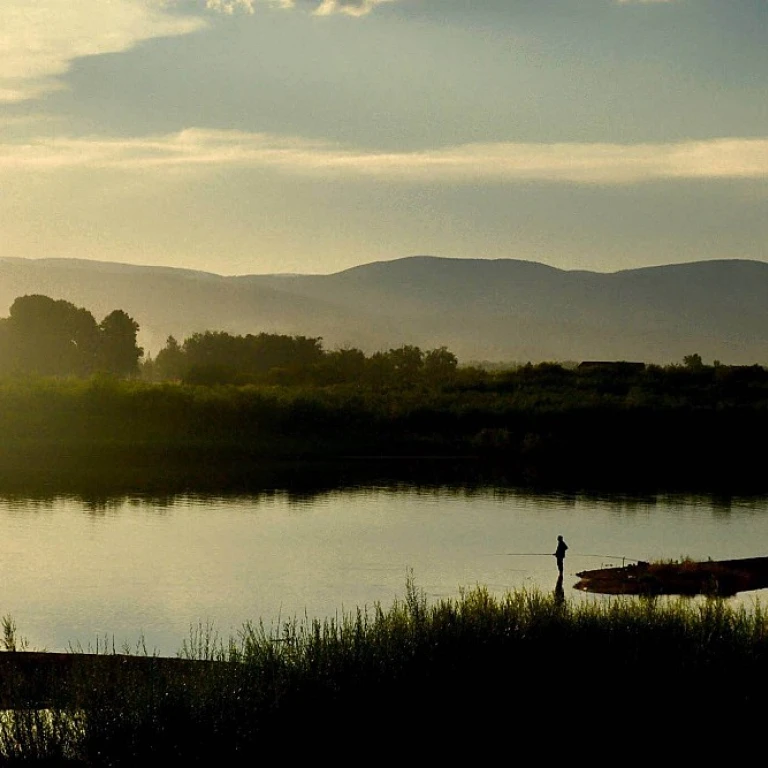
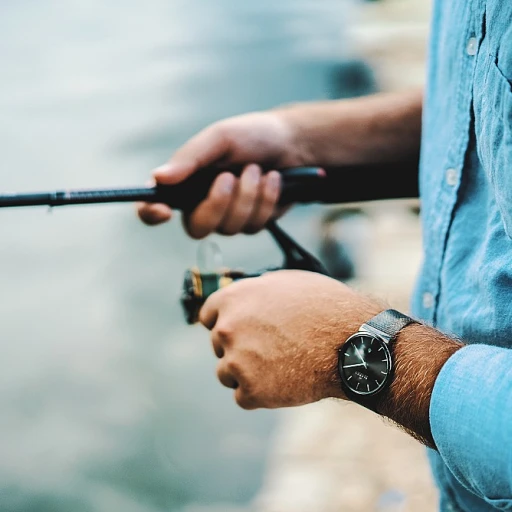
-large-teaser.webp)
